Did you know that coal mining in Nord-Pas de Calais only came to an end in 1990? To preserve the memory of this not-so-distant mining history, which has left a lasting mark on the memories and landscapes of Northern France, the Centre Historique Minier offers you an immersive tour and invites you to descend into a mine!
For the past 40 years, Lewarde, near Douai, has been home to the largest mining museum in France, on the site of the Fosse Delloye, where a thousand miners worked every day between 1931 and 1971.
What is the history of the Nord-Pas de Calais coalfield? How did the miners live? What was it like to work in a mine? These are just some of the questions that the Centre Historique Minier answers in a fascinating and entertaining tour of the lives of the “black faces”.
Article produced in collaboration with the Centre Historique Minier
Summary
The Nord-Pas de Calais coalfield: 3 centuries of history(s)
Although coal mining dates back to the Middle Ages, the development of mines in France took off in the late 18th century, with the arrival of the Industrial Revolution.
Mining development in Northern France
In the Nord region, the first traces of coal were detected in 1734 and the very first mining company, the Compagnie des mines d’Anzin, was founded in 1757, but it was mainly in the second half of the 19th century that mining companies multiplied following the discovery of a major coal deposit. In less than half a century, Nord-Pas-de-Calais became France’s largest mining basin.
Key figures
- 2 billion tonnes of coal will be extracted from the Nord-Pas de Calais coalfield, or an average of 30 million tonnes a year.
- An average of 200,000 people were employed in the coalfield between the wars and after the Second World War.
- The deepest well reached a depth of 1,200 metres.
An operation punctuated by drama
At the beginning of the 20th century, coal mines were operating at full capacity, reaching record production levels. Unfortunately, this period was also marked by terrible disasters: firedamp (a gas explosion in the mine) and dust explosions were the dreaded fate of miners, and regularly led to fatal accidents. Europe’s greatest mining tragedy occurred at the Compagnie des Mines de Courrières on March 10, 1906, with 1,099 deaths.
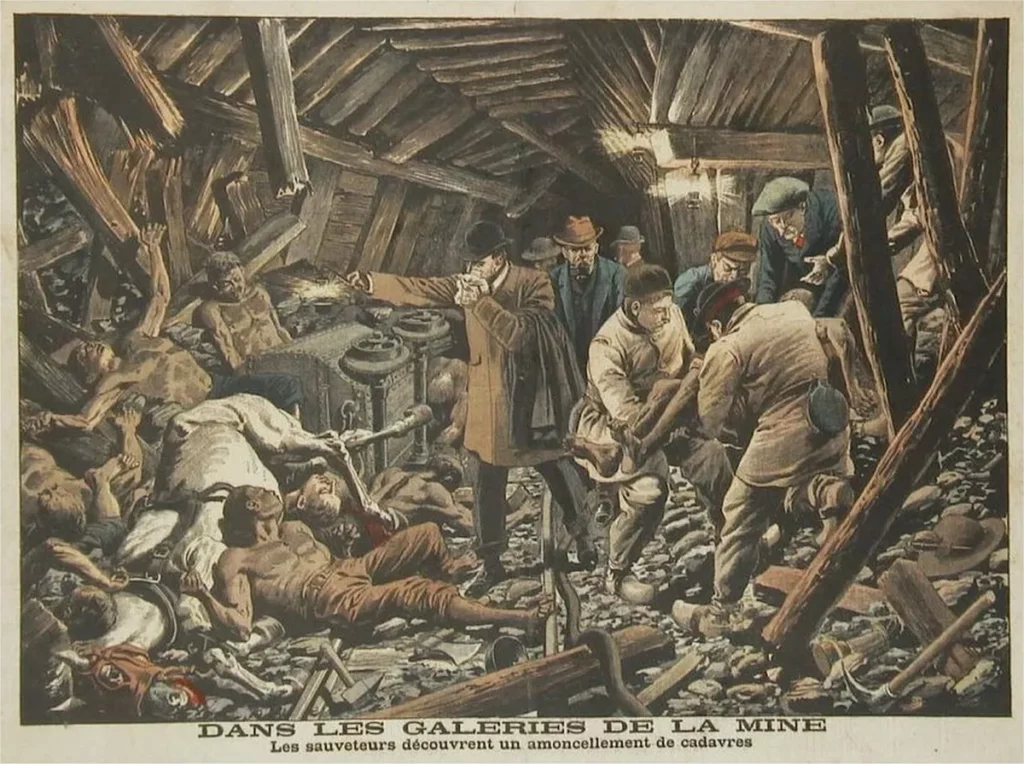
The post-war years and the end of mining in France
The two world wars also brought their share of devastation, ravaging the coalfields. So much so that, in the aftermath of the Second World War, the government decided to nationalize the mines, whose role had become strategic for rebuilding France.
From the 1960s onwards, mining in France became less and less profitable in the face of coal imports from other countries, and the development of new types of energy heralded the industry’s decline. In 1963, a government plan paved the way for mine closures, most of which would cease in the 1980s. In Northern France, mining ceased in 1990, and the last mine in Lorraine closed in 2004.
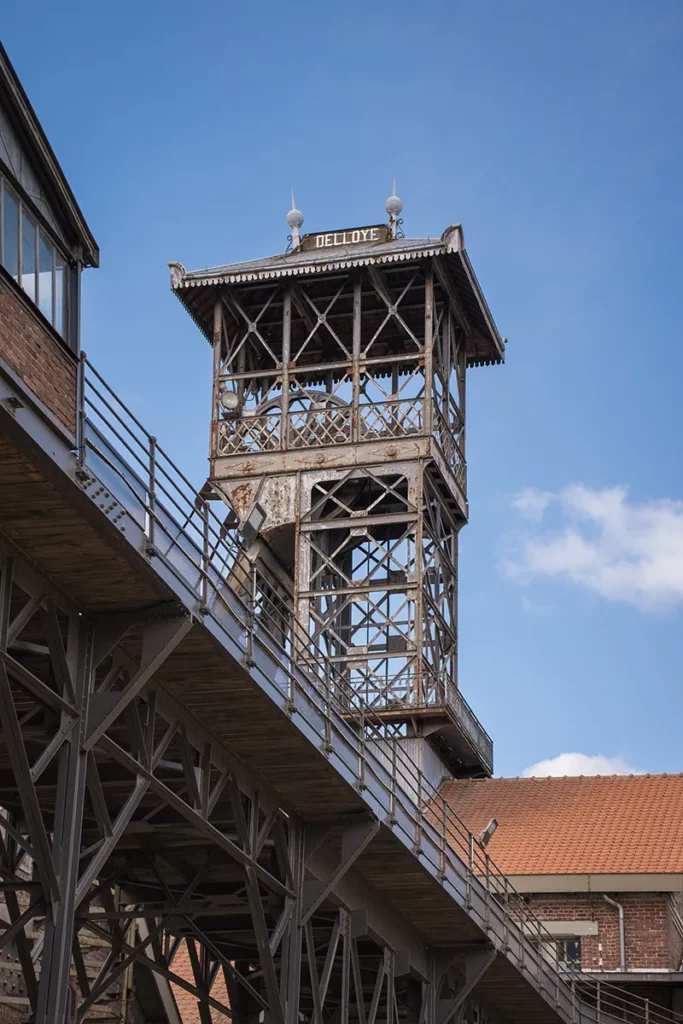
The Delloye pit in Lewarde and the creation of the Mining History Centre
During the golden age of coal mining, the Delloye pit was born. Set up by the Compagnie des Mines d’Aniche, it began operations in 1931 and ran for 40 years, until 1971. A thousand miners worked there, extracting 1,000 tonnes of coal a day.
In the late 60s, as the mines began to close, the management of Houillères du Bassin du Nord et du Pas de Calais was already convinced of the need to create a Mining History Center. The aim was to preserve a trace of mining activity in Northern France, which would bear witness for future generations to an industry that had left its mark on men and women, as well as on the region’s landscape, for three centuries.
In 1973, the Delloye pit in Lewarde was chosen as the site for the Centre Historique Minier. Its buildings are still in good condition; the site is of reasonable size, making it easy to maintain; its proximity to Douai and the main roads make it an accessible site; and the pit has seen the different mining eras, from the time of the private companies to that of nationalization. All these assets make it the ideal location for the Centre.
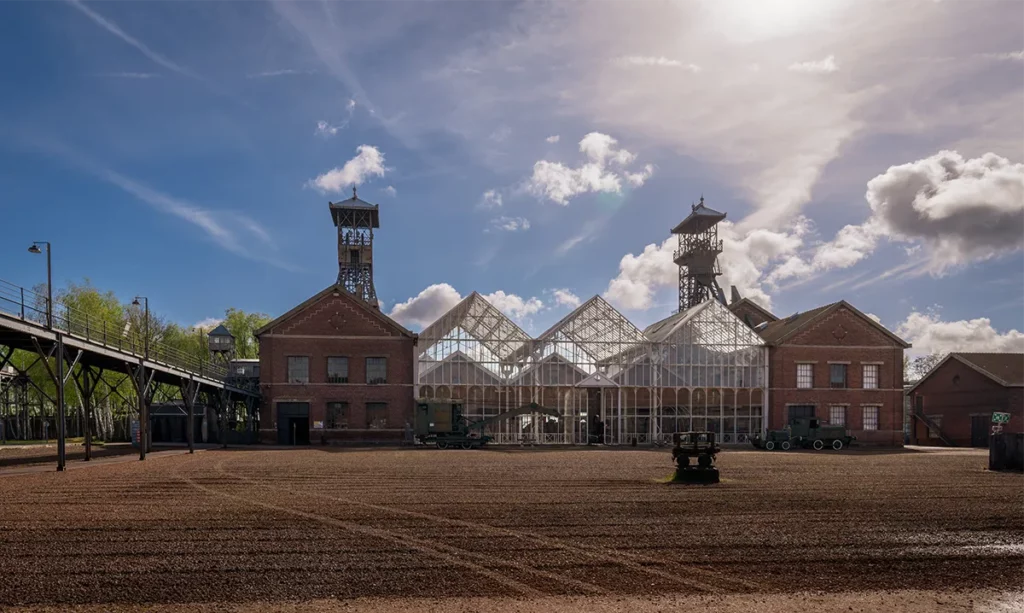
Opened to the public in 1984, the Centre Historique Minier has been attracting crowds ever since its creation, with 100,000 visitors a year in the 1990s and around 165,000 in recent years. The number of visitors testifies to the public’s interest in this page of history, the importance of which has been recognized by UNESCO, which has included the Nord/Pas de Calais coalfield in its list of World Heritage sites.
Visit to the Lewarde Mining History Center
Located on an 8-hectare site, the Centre Historique Minier (Historical Mining Center) gives visitors an insight into the life of a miner, with tours of authentic industrial buildings and workplaces.
Authentic buildings to discover the life of a miner
A number of buildings can be visited on a self-guided tour, providing an insight into the miner’s life outside the mine. These include the administrative offices, where the engineer, surveyors and accountant worked; the bathroom; the lamp room, where the miner collected his lamp before going down to the mine; and the social areas, with the reconstruction ofatypical miner’sestaminet andlodgings.
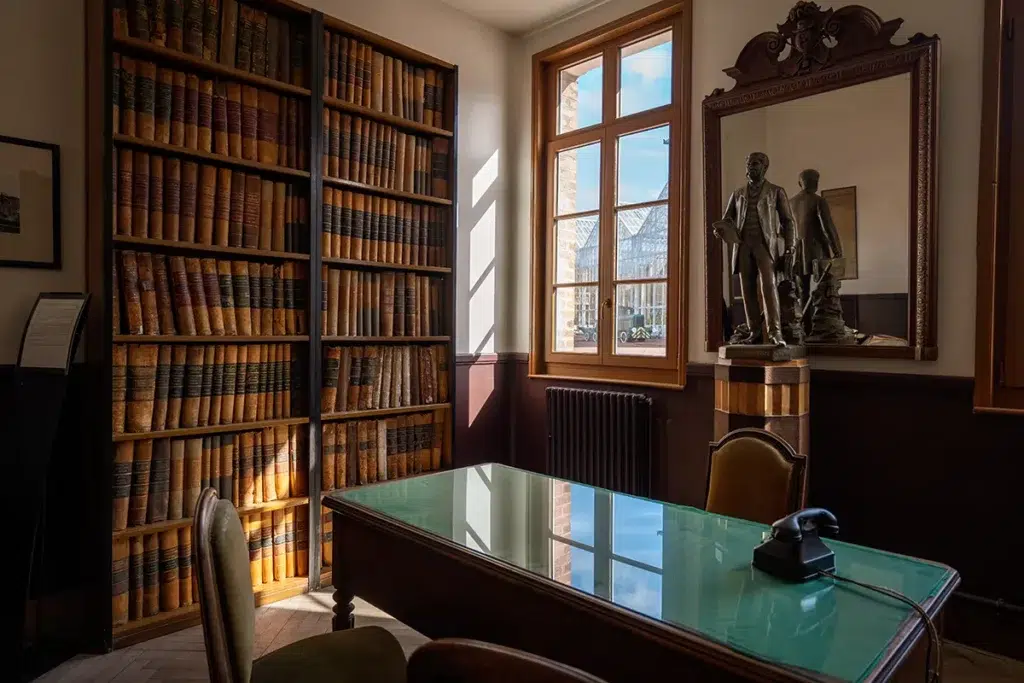
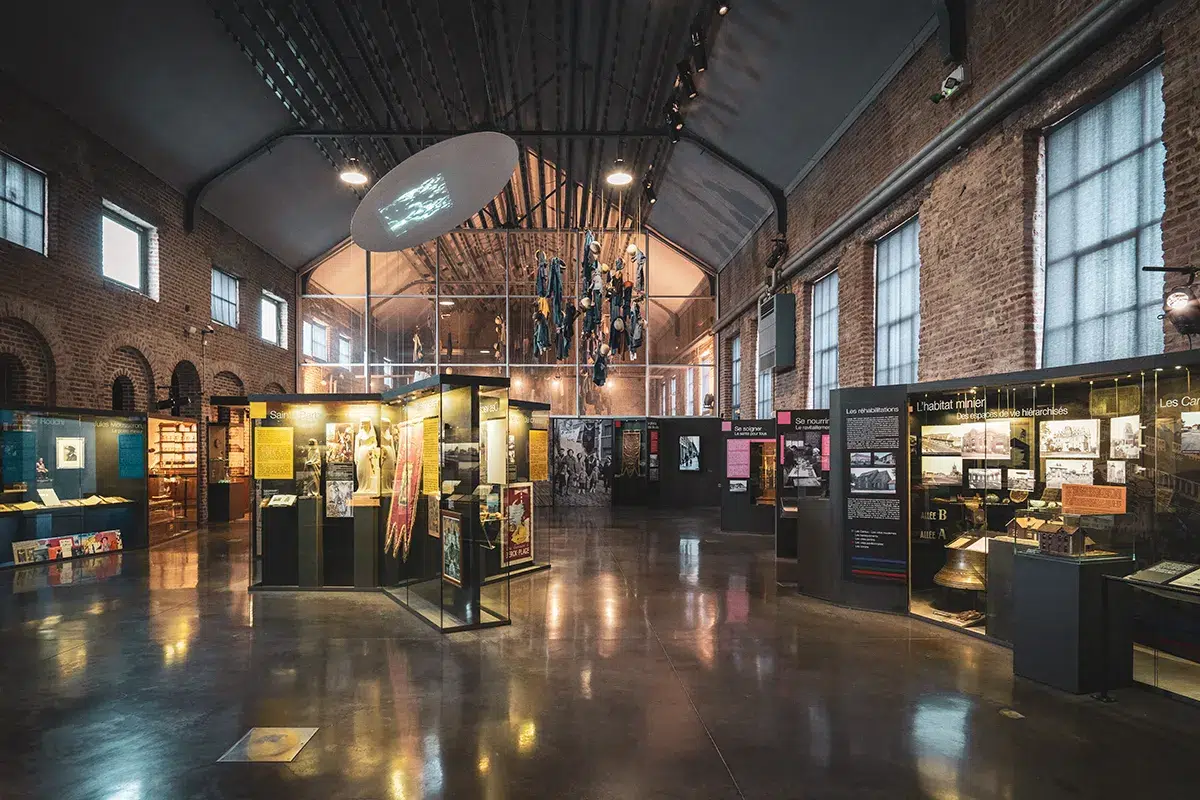
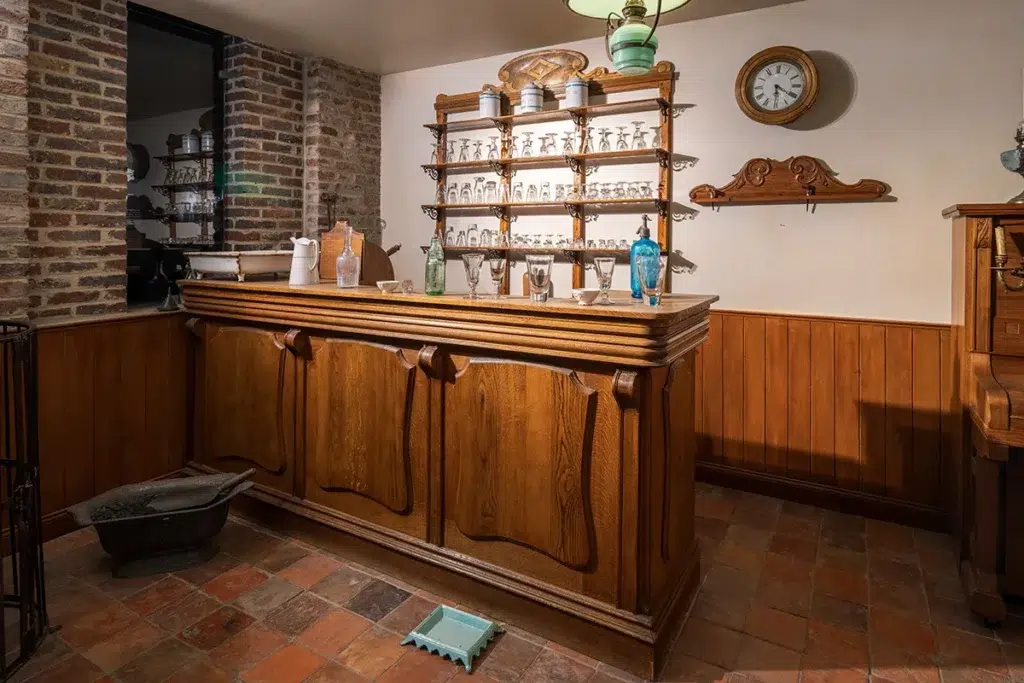
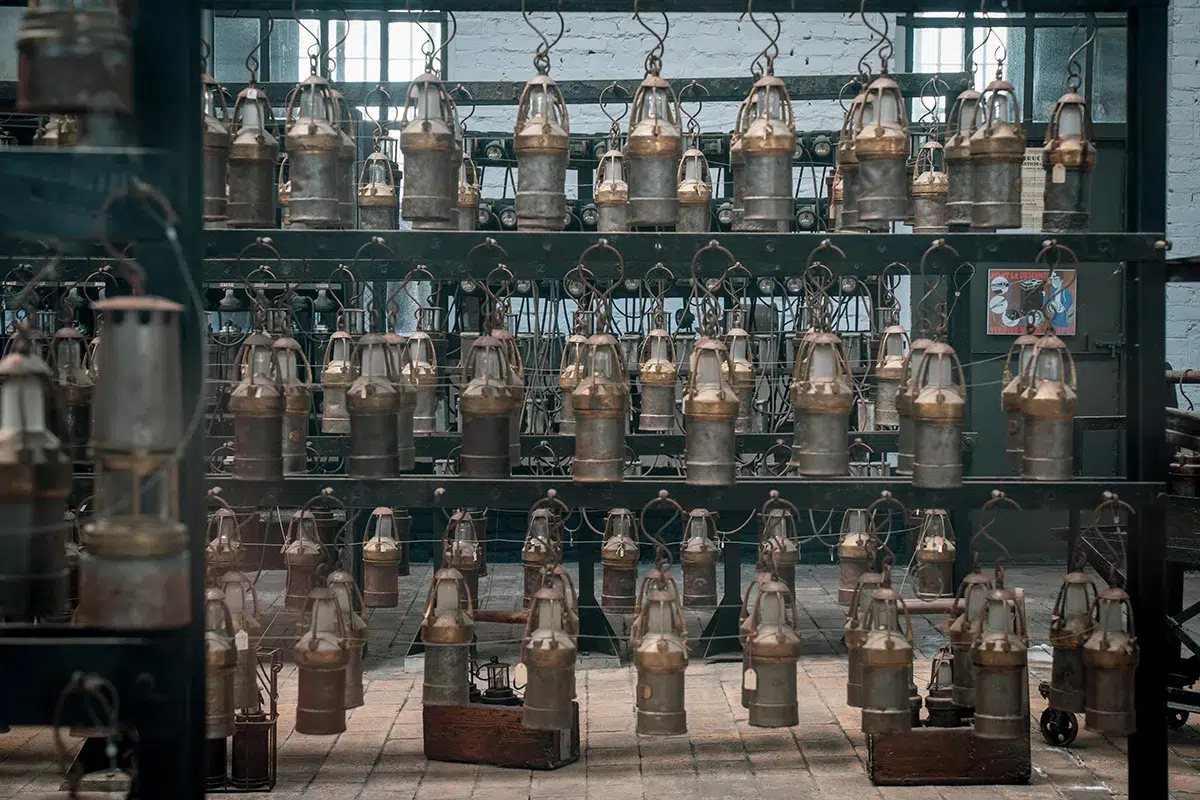
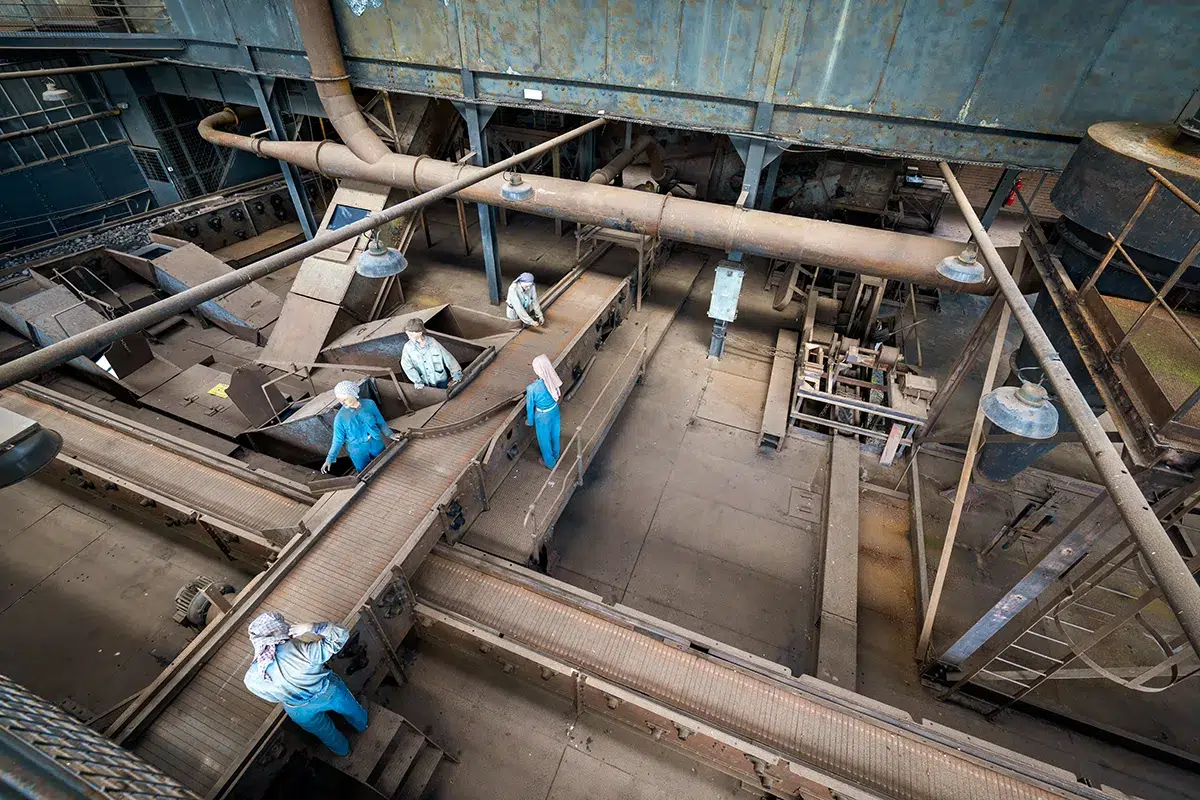
Funny Hanged Men
After the Courrières disaster, a journalist nicknamed the bathroom the “room of the hanged”, a name inspired by the sight of the miner’s belongings, suspended high up on a rope to save space and keep them from getting wet.
In this room, each miner was assigned a number, and all he had to do was pull the rope corresponding to his number to lower his gear and change clothes.
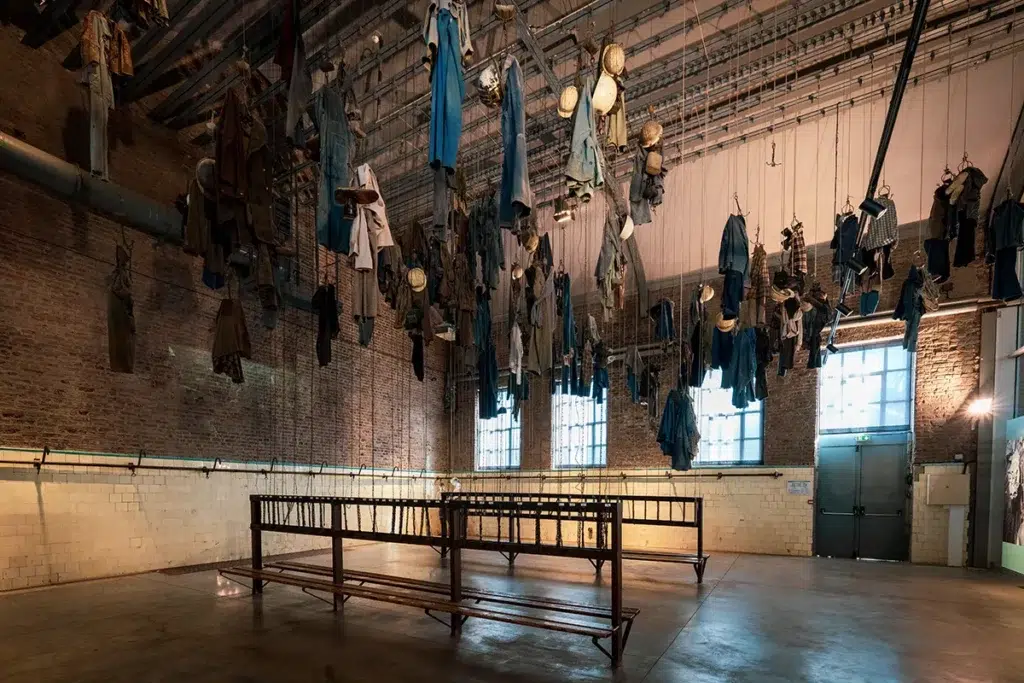
A permanent exhibition area, also open to the public, completes the tour and explains how coal is formed, how mines have evolved over the years, and what living conditions were like for miners (social rights, pace of life, leisure activities, etc.).
A dive into the heart of the mine
The most impressive part is the guided tour: wearing a helmet, you descend for an hour to the bottom of a converted mine. You’ll discover the sorting area, where women and “galibots” (children) sorted coal, and learn about the techniques and working conditions of miners from the time of Germinal to the 1990s.

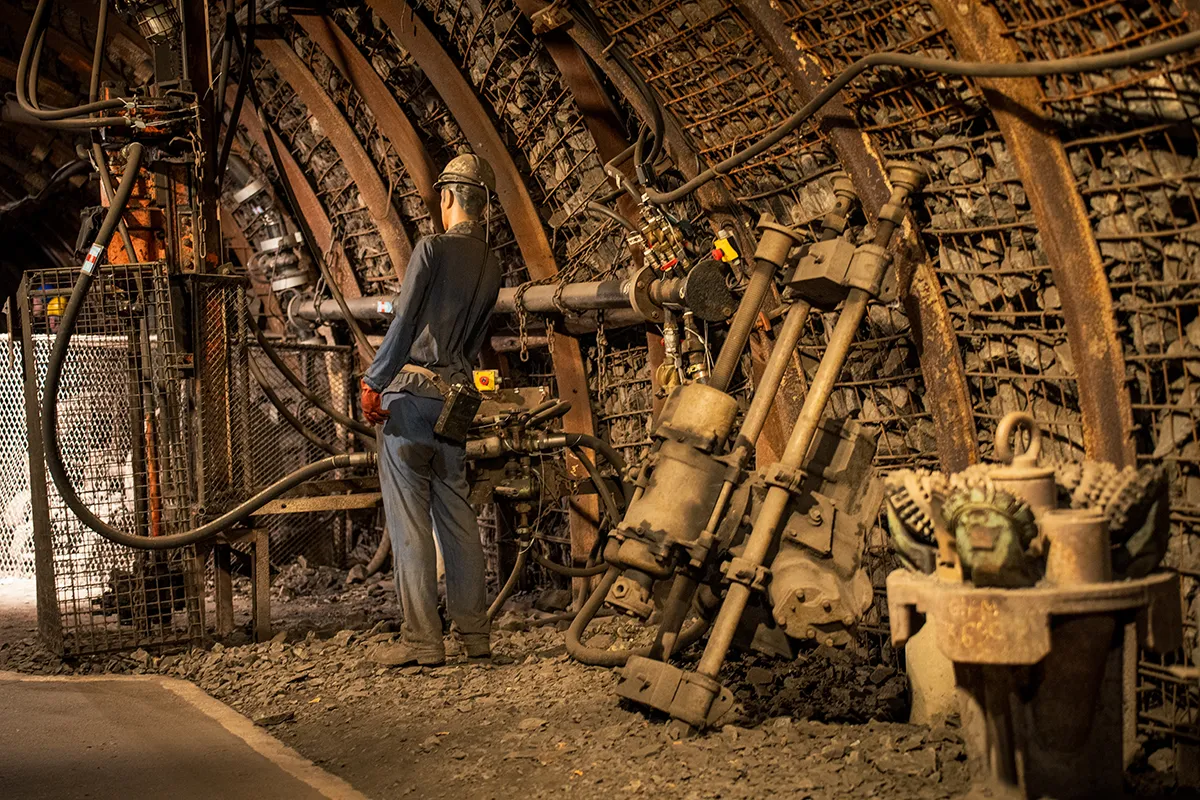
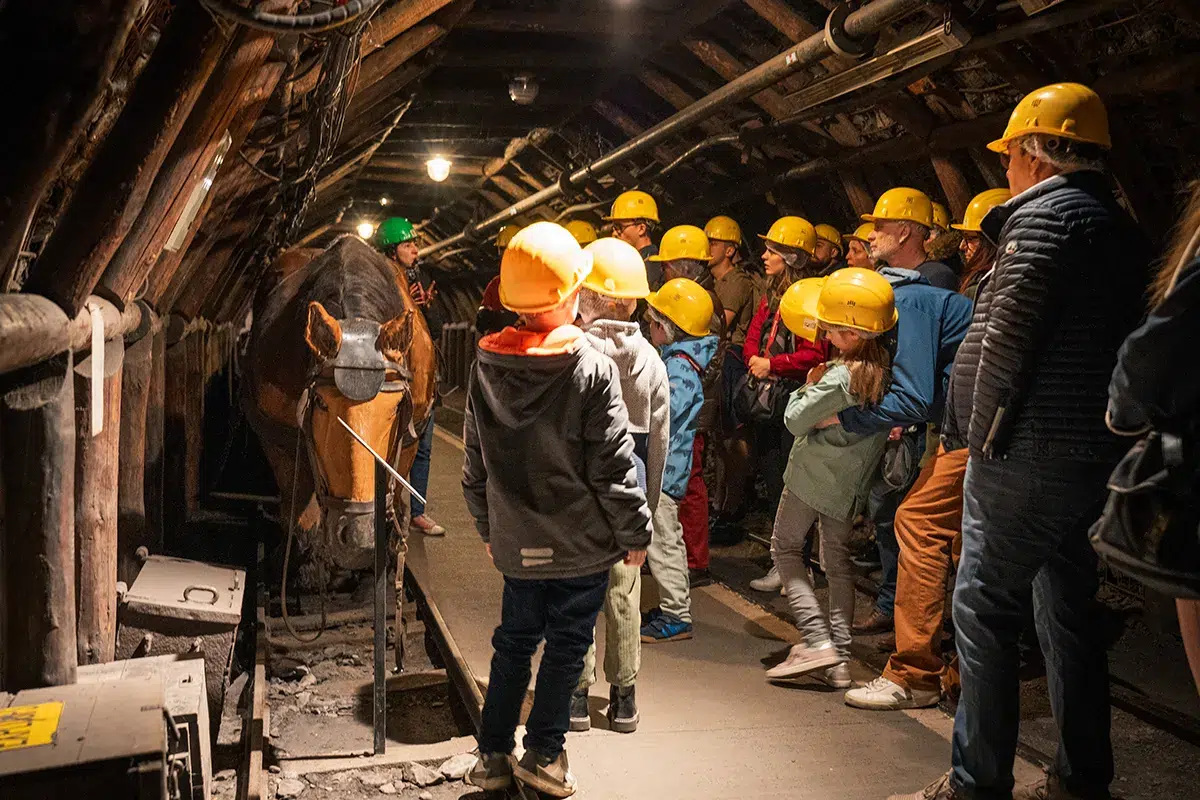
It’s undeniably a memorable visit, and offers a glimpse into the hard work of the “black faces “, as the miners were nicknamed.
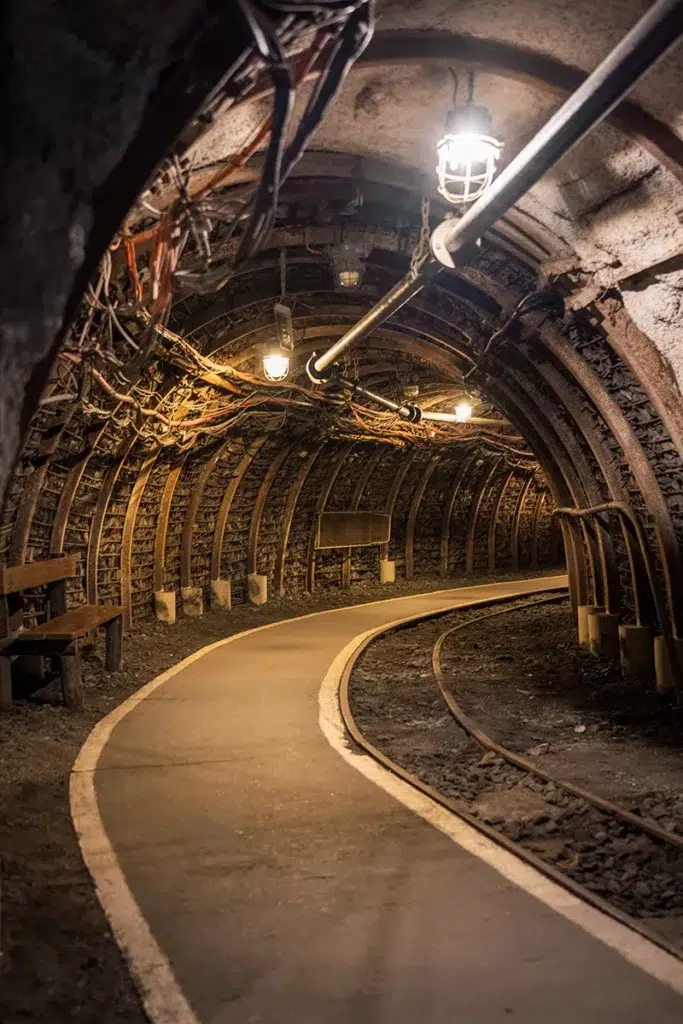
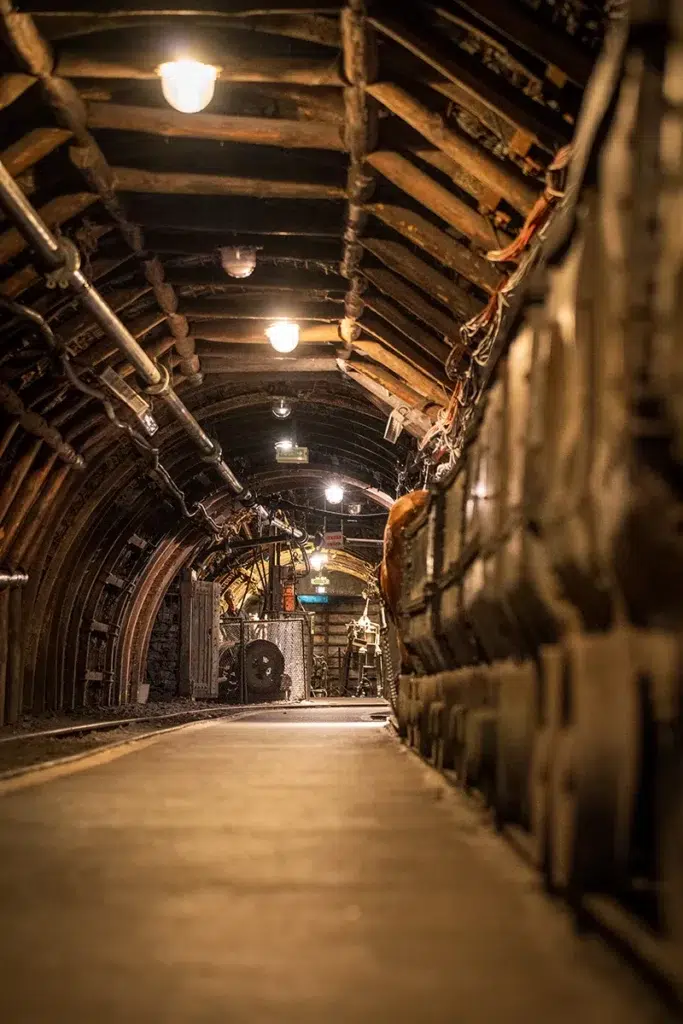
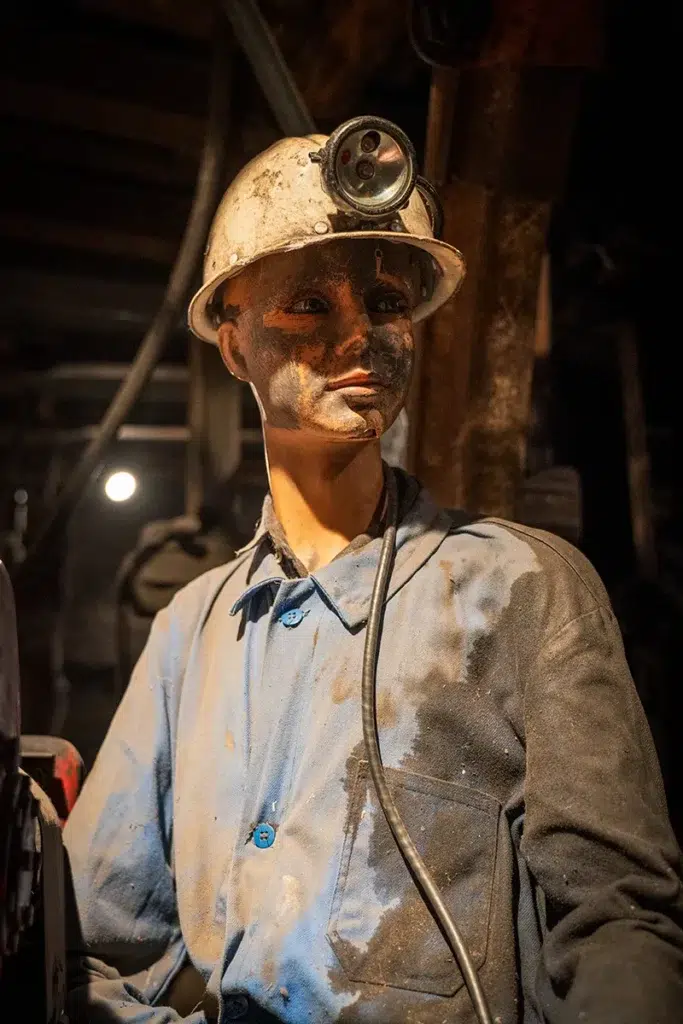
To round off these visits, we offer testimonial meetings with a former miner . These authentic exchanges give rise to special moments when the miner shares his story and what his daily life was like.
Temporary exhibitions
Temporary exhibitions are organized throughout the year to complement the permanent exhibition. Currently on view are
- An exhibition of Youry Bilak’s photographs of the Miners of Ukraine, presented until September 22, 2024.
- “La conquête de l’Ouest”, an exhibition on the discovery of coal in the Pas-de-Calais region, runs until November 11, 2024.
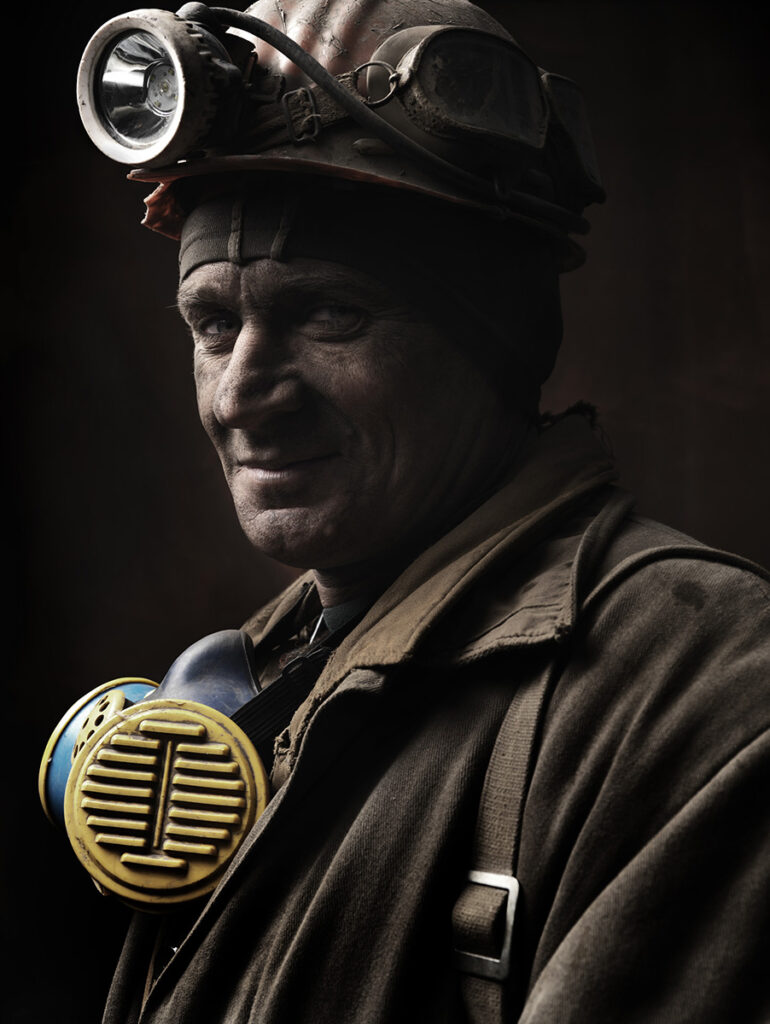
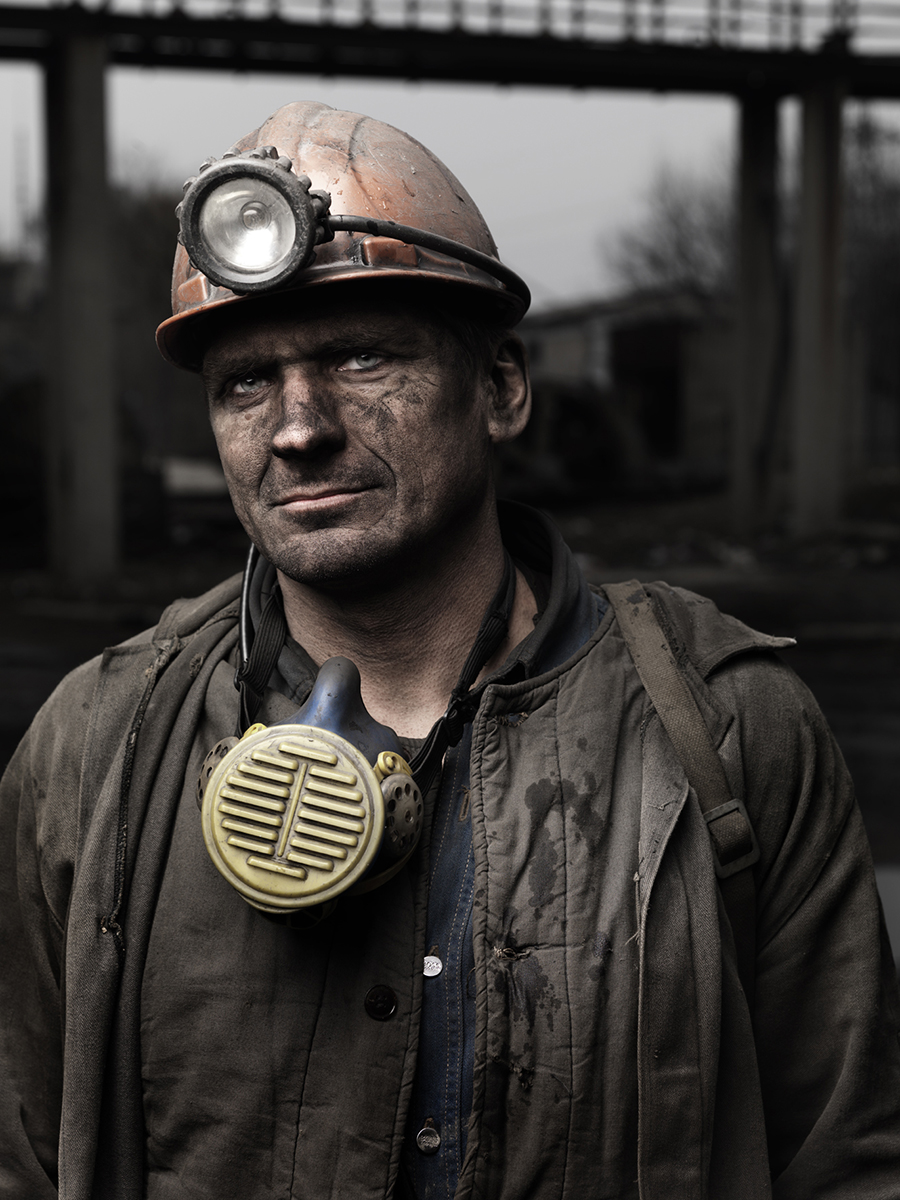
In conjunction with the Olympic and Paralympic Games, the “La mine, c’est du sport” exhibition will run from June1, 2024 to May 2025. It will showcase the sporting life that surrounded work in the mines, often supervised by mining companies seeking to occupy miners’ free time while developing their physical abilities.
The Centre Historique Minier celebrates its 40th anniversary
Opened to the public in 1984, the Centre Historique Minier is celebrating its 40th anniversary this year! To celebrate this anniversary, two weeks of festivities are being organized from May 2 to 18, 2024, with concerts, film screenings, a ball and an evening opening on European Museum Night.
The festivities will culminate on Sunday, May 5, with the christening of the Centre Historique Minier’s Giant, created for the 40th anniversary, thus joining the large family of giants from Northern France, a folklore that is still very much alive.
Time to eat!
In the middle of your visit, take a break at the Le Briquet restaurant inside the Centre Historique Minier, offering local, home-cooked cuisine in a pleasant setting.
Please note: reservations are recommended, especially in high season
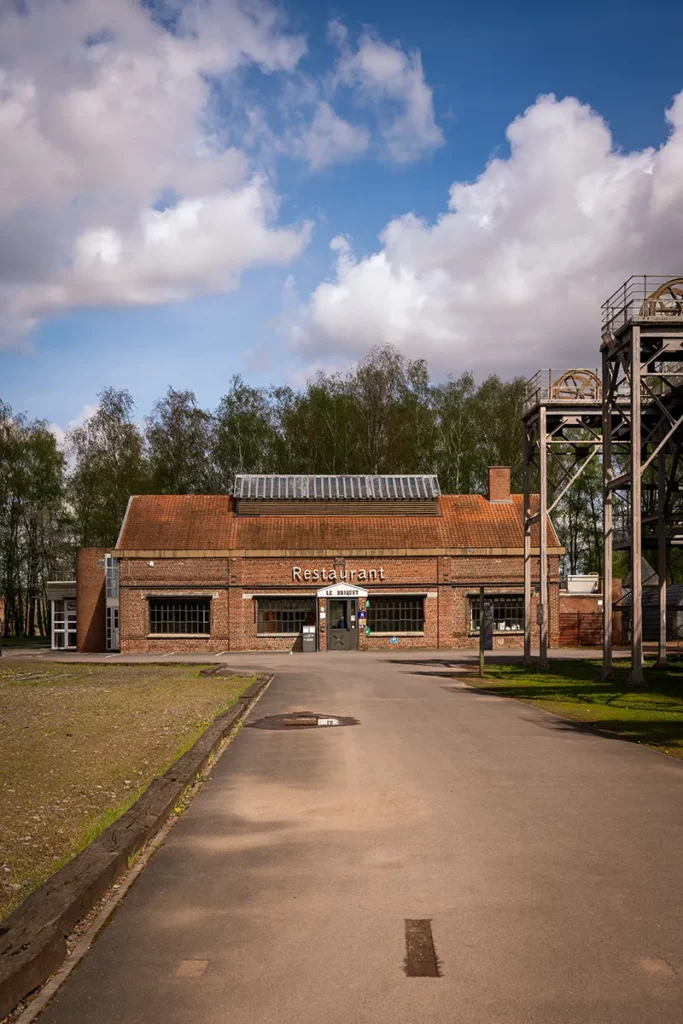
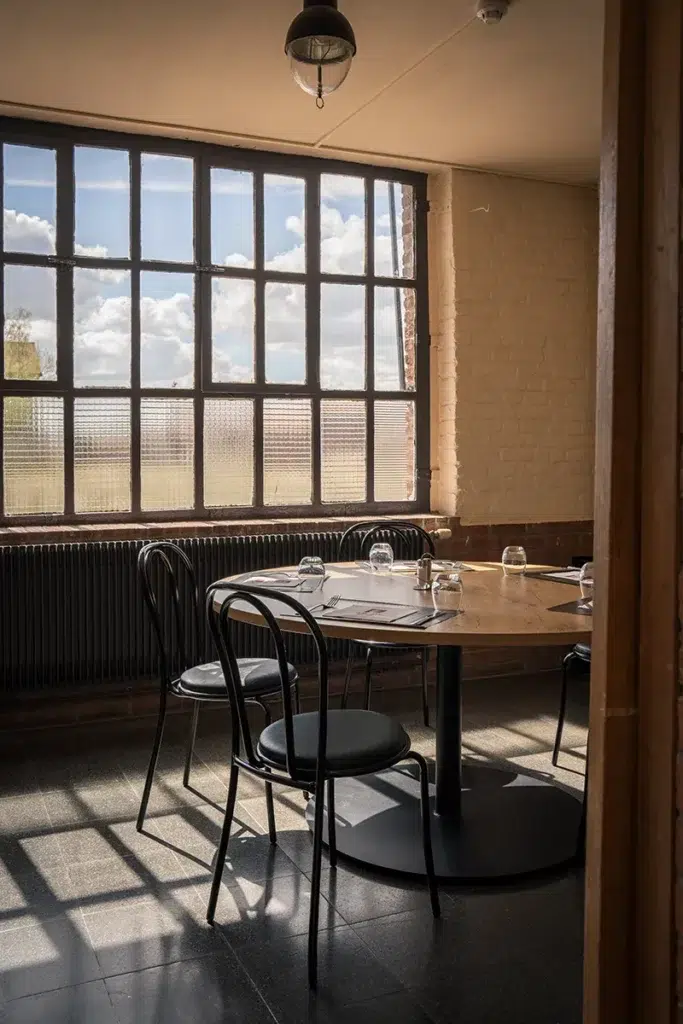
Practical information
Address :
Center Historique Minier
Fosse Delloye – Rue d’Erchin
59287 Lewarde
Getting there from Douai station
Take bus line A towards Azincourt and get off at the “Place des Vésignons” stop. The Cenre Historique Minier is then a 20-minute walk away.
Opening times :
Opening times vary according to the season. Consult the Centre Historique Minier website.
Website :
www.chm-lewarde.com
Price :
Full price: €13.5
Reduced rate: €7.70 for under-18s, students and disabled persons with companion
Family package (2 adults and 2 children): €36
Article produced in collaboration with the Centre Historique Minier

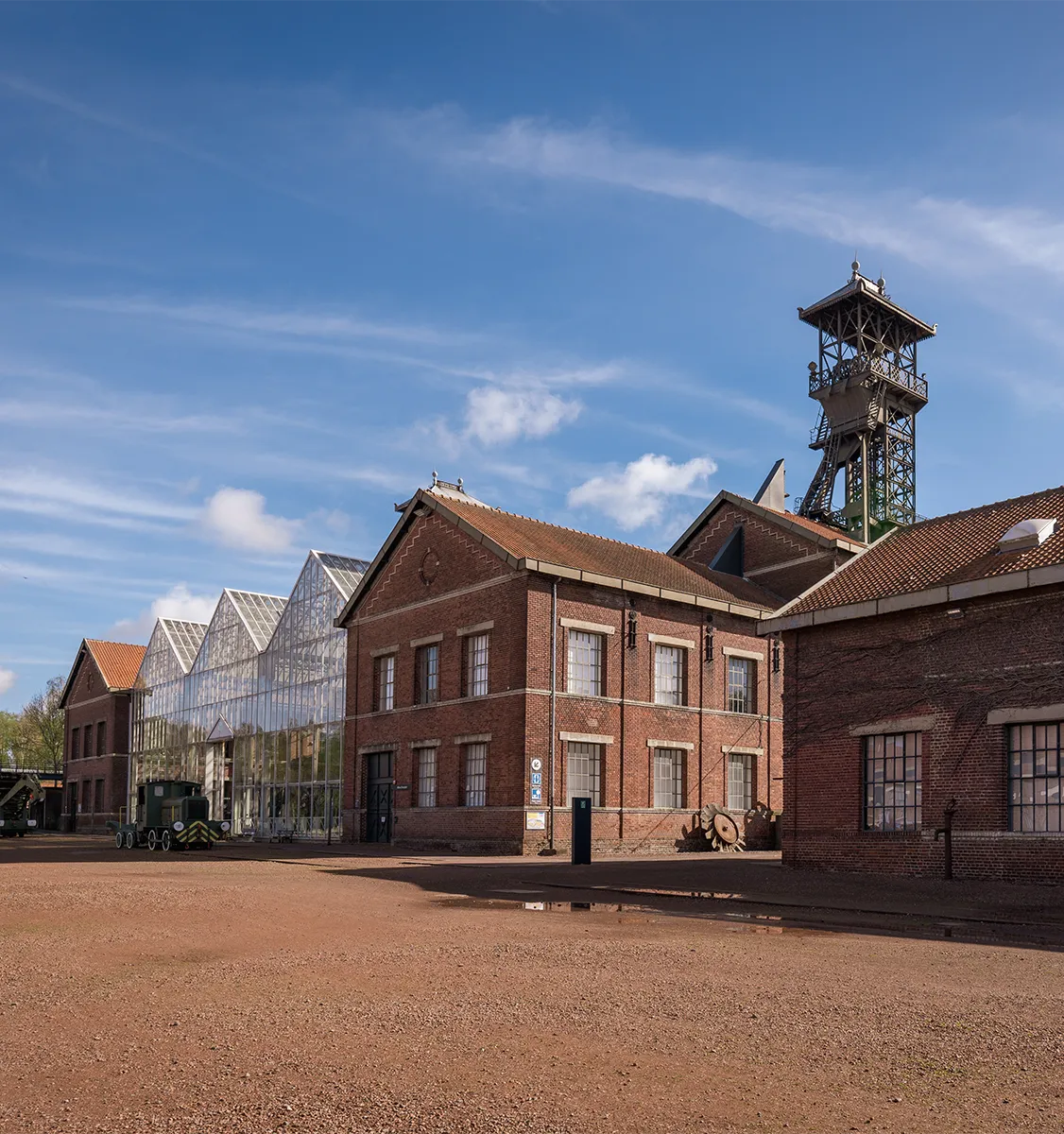



No Comments
Leave a comment Cancel